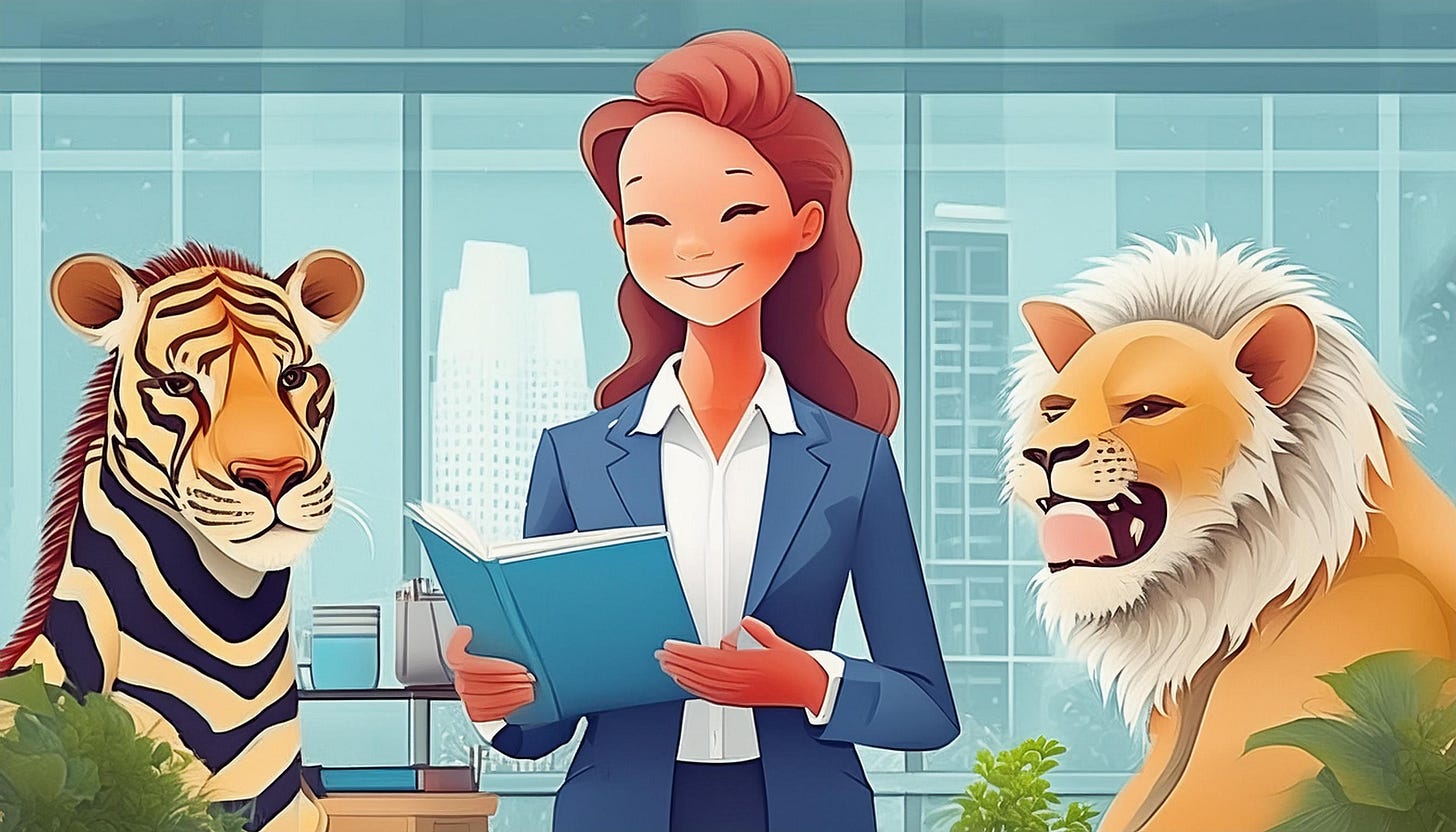How stories add value to your organisation
How stories add value to your organisation; The impact of sonic branding; A new kinetic typography tool and an Engagement Officer job alert
Why are stories so important and how will they help you and your organisation communicate your work?
Stories add value to your factual content in at least three ways:
We understand stories, we are naturally drawn to them and are open to finding out what they have to say.
We naturally connect to and become emotionally engaged with stories that we hear.
And because of those things, stories make us care.
That’s why you and your organisation should learn to embrace factual storytelling as a vital communications tool.
If you can learn to tell stories about your business, company and work, you’ll have a much greater impact on collaborators, partners, clients, consumers and customers, and become more successful as a result.
Instead of just reciting facts about your business, making factual statements about what you do, how you do it, and how you are a worthwhile partner or better than the competition, instead craft narratives about yourself, the challenges you overcome and the progress and achievements you’ve earned.
Stories can help you create better, more impactful factual content in four ways.
Stories are memorable
Scientific research has repeatedly shown that stories are remembered more than facts.
So people will better recall your organisation if you share stories about your progress, rather than make factual statements.
Stories are persuasive
Facts presented in story form lead to greater changes in beliefs and liking, research shows. which in turn leads to changes in attitudes, intentions, and behaviours.
So the more you use stories to communicate your organisation’s progress, the more you will positively impact others.
Stories also help prevent others arguing with you and your organisation.
Studies show that stories are particularly effective when there are strong prior beliefs and counter-arguing is likely.
Put another way, if you are about to publish content, or communicate a message that you know will be contentious, then tell it as a story. Your audience will be far more receptive to what you have to say.
Stories attract attention
Stories are more likely to attract and hold the attention of audiences than facts or information.
This is by design, as stories follow structures that grab audiences and lead them through a crafted narrative structure.
Stories are shared
Academic research by evolutionary psychologist Robin Dunbar, based at the University of Liverpool, UK, has found that 65% of all human conversation in public places is about social topics - essentially they are about people.
Source: Dunbar et al, Human Nature, Vol. 8, No. 3, pages 231-246
Basically, that means two-thirds of our entire conversational lives is spent telling stories about people, to people.
Stories fit this model, generally being based on characters that we emotionally care about.
Stories are therefore inherently shareable. In fact, stories only exist to be told.
Storytelling has become integral to the branding of any product, and it should become an integral part of all your factual content creation and communications.
See our lesson How Stories Create Impact.
The impact of sonic branding
When you create content and publish your message to the world, it can be useful to think not just about how it looks, but how it sounds.
For example, we tend to think of video as a visual media, and forget it is also an auditory format. What we hear can be as important as what we see.
Yet sound is a common afterthought of many filmmakers. Don’t make this mistake.
For example, in our lesson Crafting Videos People Will Watch, we advise you should spend as much time, money and energy capturing good sound when filming, as capturing good visual footage.
When it comes to branding, also think about how you can exploit sound, and well as visual media.
The art and inspiration publication Creative Blog has a good article on its importance and potential to improve your messaging.
Read it here, as it includes great examples of how brands such as McDonalds and Apple use sound to bolster their brand impact and recognition.
New kinetic typography tool
News of another update that may be useful for those creating motion graphics to place on their websites, and tell their stories within videos etc.
You can now create kinetic typography, that is text that animates on and off, using the Lottie Creator tool. Kinetic type is a great way to catch the eye, and draw attention to your media.
As a reminder, Lottie is an open-source animation file format, that can also be integrated into motion graphics software such as Adobe’s After Effects.
As we’ve said before, Lottie files can be used to incorporate complex factual animations, infographics and graphics into websites and mobile apps. Lotite files are much smaller than Gif files, so usually load and display better.
Many of today’s most popular websites and apps use Lottie to make their products stand out, look good, and engage users.
See our previous update about Lottie Creator, to learn more about how you can also now create Lottie animations directly in a web browser.
Engagement officer job alert
The world’s oldest active society devoted to ‘the cultivation of the science of natural history in all its branches’ is seeking someone skilled in factual storytelling.
The Linnean Society of London, based in Piccadilly, England is recruiting an Engagement Officer to develop its Education programme and Events and Communications programme.
The Linnean Society of London delivers a wide range of education, public engagement and heritage programmes to support its vision of a world where nature is understood, valued and protected.
Its Education programme runs school workshops and family activities to help young people connect with nature, while its Local Nature Grants support youth-led projects to protect nature in communities.
Its Events and Communications programme runs its social media platforms and events for nature-lovers of all ages, with a range of lectures and debates online and in-person, as well as special workshops, open days, tours and nature walks.
See full details of the position on LinkedIn here.





